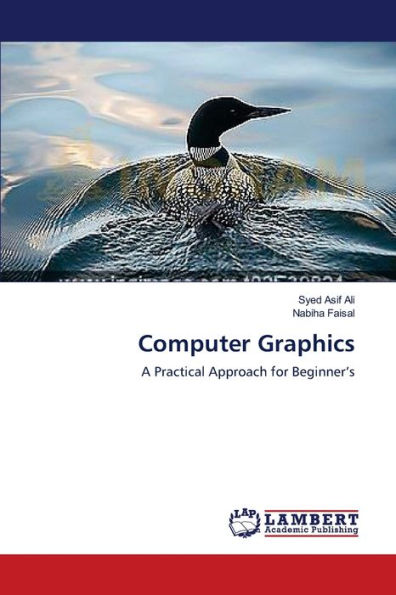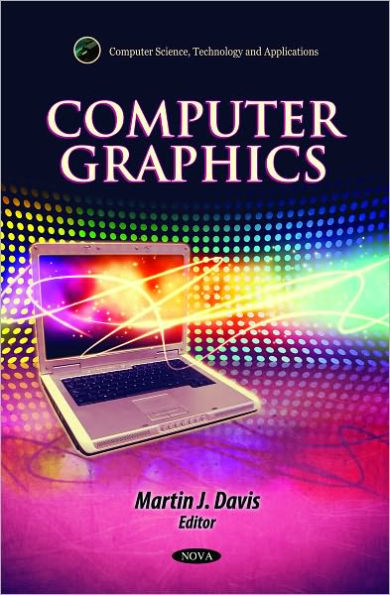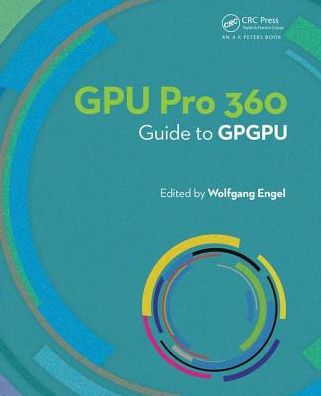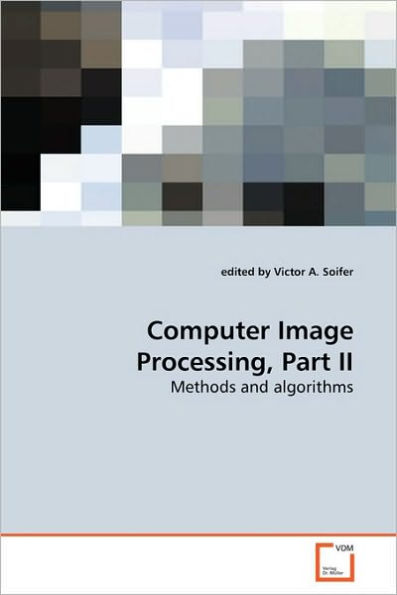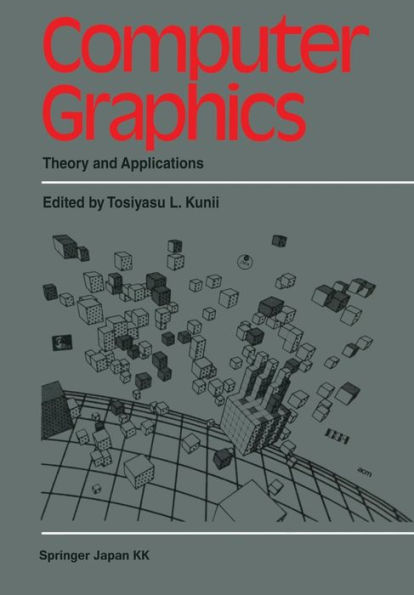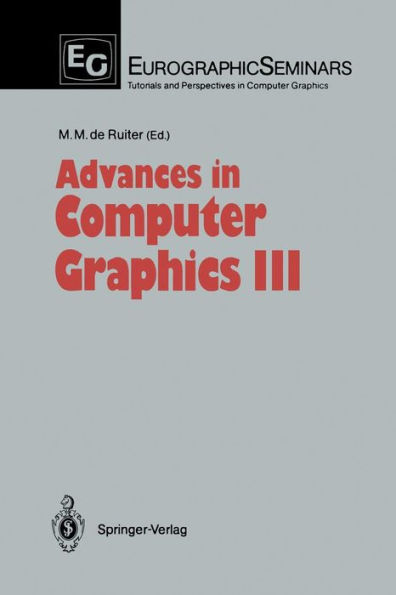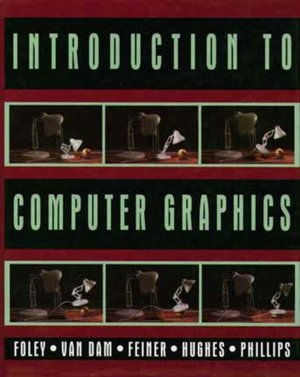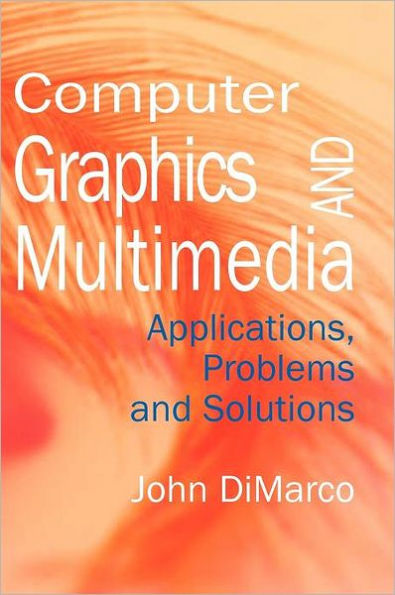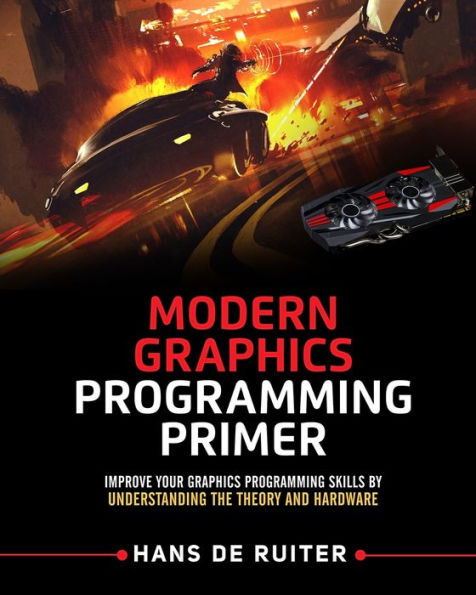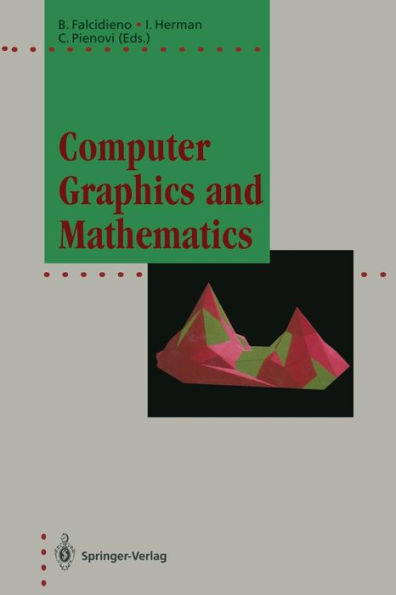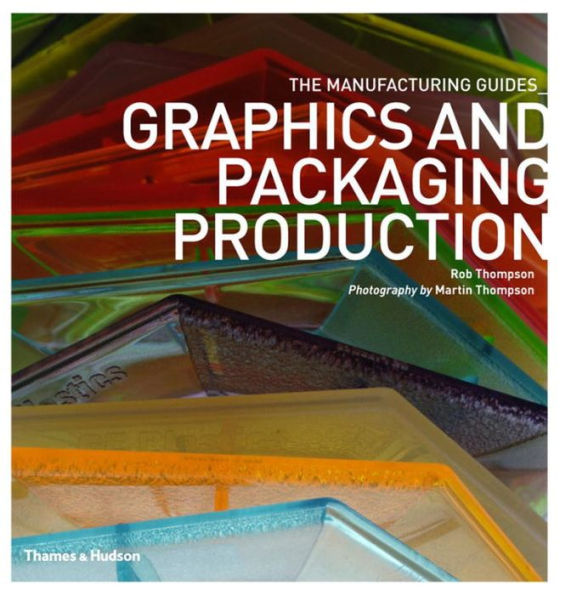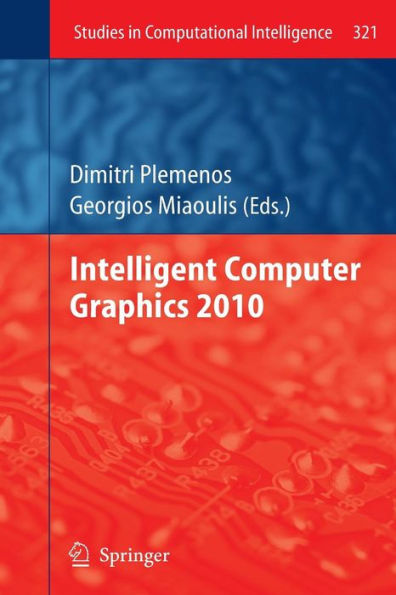Home
Graphics Processing Units, an overview.


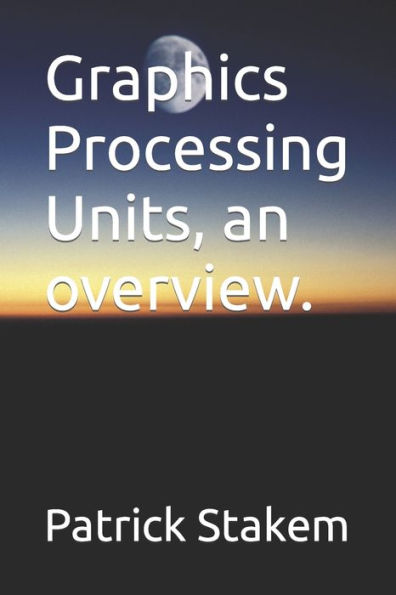
Graphics Processing Units, an overview.
Current price: $9.99
Loading Inventory...
Size: Paperback
This book discusses the topic of Graphics Processing Units, which are specialized units found in most modern computer architectures. Although we can do operations of graphics data in regular arithmetic logic units (ALU's), the hardware approach is much faster, Just like for floating pount arithmetic, specialized units speed up the process. We will discuss the applications for GPU's, the data format, and the operations they perform. These specialized units are the backbone to video, and to a large extent audio processing in modern computer architectures. The GPU is a specialized computer architecture, focused on image data manipulation for graphics displays and picture processing. It has applications far that. The normal ALU, Arithmetic-Logic Unit, in a computer does the four basic math operations, and logical operations on integers. These integers are usually 32 or 64 bits at this time. The GPU greatly enhances the spped of 3D graphics. GPU's find application in arcade machines, games consoles, pc's, tablets, phones, car dashboards, tv's and entertainment systems. First, we'll look at the CPU, and the operations it performs on data. The CPU is fairly flexible on what it does, because of software. You can implement a GPU in software, but it won't be very fast. There's a similar co-processor, the floating point unit (FPU) that operates on specially formatted data. You can implement the floating point unit in software, actually, you can probably download the library, but it won't be as fast as using a dedicated piece of hardware. We'll first discuss integer data format, and operations on those data. The "L" part of ALU says we can also do logical (not math) operations on data. GPU's can process integer and floating point data much faster than a cpu, if it is presented in the right format. They don't have all the general purpose features of ALU's, but they can contain 100 cores or more. This has lead to the employment of large numbers of GPU's as the basis for the current generation of Supercomputers.
